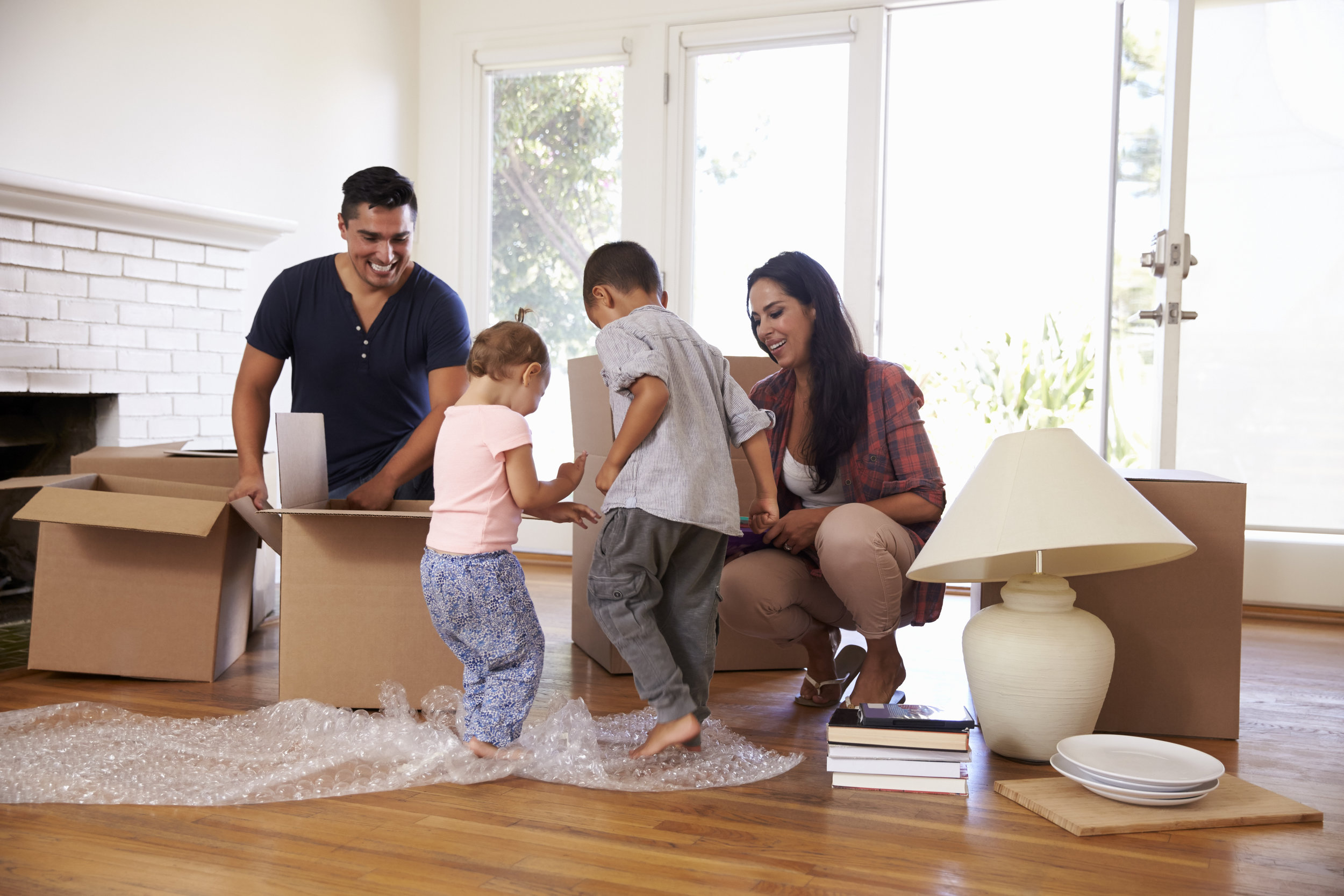Moving in & what you need to know
As settlement draws closer most soon to be owner occupiers are eager to get moving day arranged, and reap the rewards of their fantastic new properties. For seasoned owners this is just another chapter, however for owner occupiers purchasing one of their first homes this can be quite the daunting process.
The first thing to consider is your moving date. Whilst it is tempting to arrange to move the same day as settlement it is orth noting that due to the nature of the settlement process there is no guarantee what time settlement will take place giving you access. One of the biggest nightmares is removalist’s waiting outside a property on a hourly rate whilst settlement is delayed due to a third party issue.
For this reason we have always advised Purchasers to give them selves plenty of time. Where possible arrange to move on a day after settlement or a weekend. Being able to relax and have things happen at your own pace can be invaluable, especially when moving children or large families.
Top Tips
1. Avoid moving in the summer
The worst months to move house happen to be the warmest, according to research. “(It’s) the busiest time in the moving industry, demand is high, and thus rates are higher,” Irwin explains. Her advice? “Move during autumn. (There’s) less traffic, smaller delivery window, and only full-time employees.”
2. Deal with admin tasks in advance
“The moving process does not (only) involve the transportation of your items,” says Irwin. She notes that one of the most stressful and oft overlooked aspects of moving house is tackling administrative tasks.
“You need to think (about) change of address and forwarding mail to the new place, cancelling utilities and researching providers at the new place, informing your bank/insurance company, dealing with realtors, ceasing rental agreements or selling property,” she lists.
“All that should be planned and organised before moving day.”
3. Use cling wrap to pack liquids and jewellery
Even the best efforts to carefully wrap delicate items and safeguard liquids can be foiled in transit. To avoid frustration when it comes time to open your boxes, Irwin recommends using a common household item: cling wrap.
“Use cling wrap to keep necklaces and bracelets from tangling. Lay a few pieces of jewellery on a length of plastic wrap and fold the wrap over. Press around your items to keep them separate,” she says.
The plastic film can also be used to prevent liquids from spilling. Simply unscrew the lids of shampoos or pantry items like olive oil, and place a small square of cling wrap on top. Screw the lid back on to secure the plastic and create a second protective layer to avoid leaks.
4. Never move on a friday or saturday
The results are in: Friday and Saturday are officially the busiest days to move house. A 2015 MyMovingReviews study found that almost 19 per cent of all moves occur on a Friday. The best day to make the transition is Sunday, with only 7 per cent of people choosing this day. With popularity driving up demand, prices are usually reflected in this, and ability to make changes (ie longer time with the truck) are limited as removalists are typically booked up.
5. Reserve a parking space
Hiring movers? Irwin says to be aware of additional fees and prep your space before they arrive.
“Consumers should keep in mind that full-service moving companies charge for accessorial services like when they have to disassemble furniture and assemble it at the new place, storage fees, obstacle like stairs, or if the truck cannot be parked near entrance and movers have to carry boxes more than 23 metres,” she explains.
Park your car in front of your home at least a day before prior to ensure the space is available when movers arrive, and measure doorways to check if furniture can fit through with ease.
6. Create a clear labelling system
Scrawling the rough contents of each box on the side just doesn’t cut it, says Irwin. Instead, she recommends creating a logical and clear labelling system and leaving any essentials like a flashlight or first aid to the side.
“Divide your household items into groups based on the room they’re located in, material they’re made of and frequency of use,” she says.
“Start with the items you use rarely, and don’t mix items from different rooms or items of different types such as liquids with clothes.”
7. Use linen instead of bubble wrap
While cardboard boxes and bubble wrap are fairly inexpensive on their own, moving costs can quickly add up. Before stocking up on supplies, Irwin recommends a few hacks to make the most of items in your home.
“Your home is full of free packing materials, such as clothing, bed linens, pillows, laundry bins, and suitcases,” she says.
“Wrap dishes in T-shirts or insert Styrofoam plates in between yours (and) put pillows and blankets in garbage bags and seal them. When you load the truck, use them as padding between furniture or breakable items.”
8. Hire a babysitter
Even if you’re trying to save costs, there’s one expense you should never skip.
“On moving day, if you are relocating with kids, you should arrange a sitter in advance,” says Irwin. “If you have pets, make sure they don’t obstruct the work of your movers.”
Keeping children and pets out of the house and away from potential safety hazards will relieve a lot of stress on the day so you can focus on the task at hand: moving into your brand-new home.



